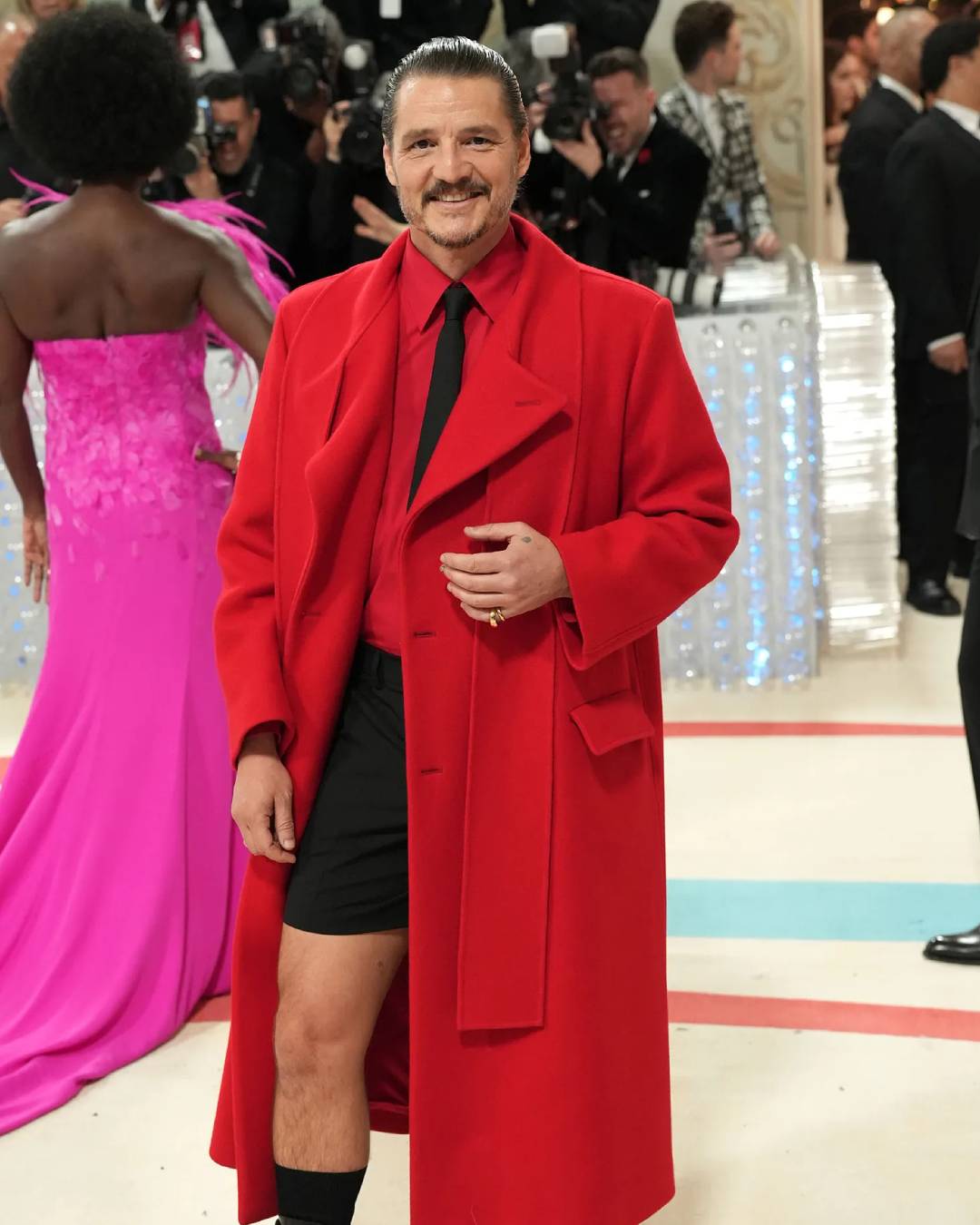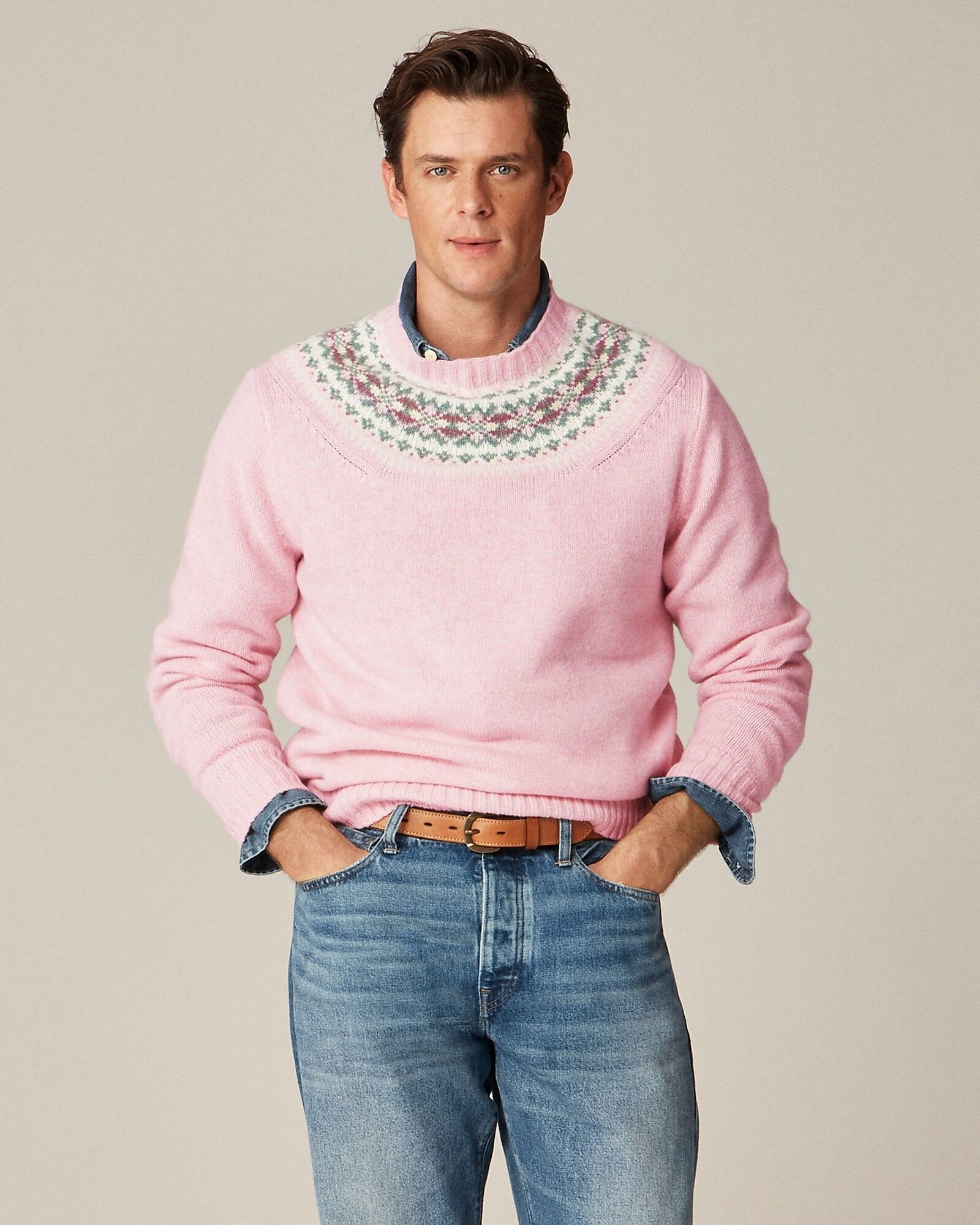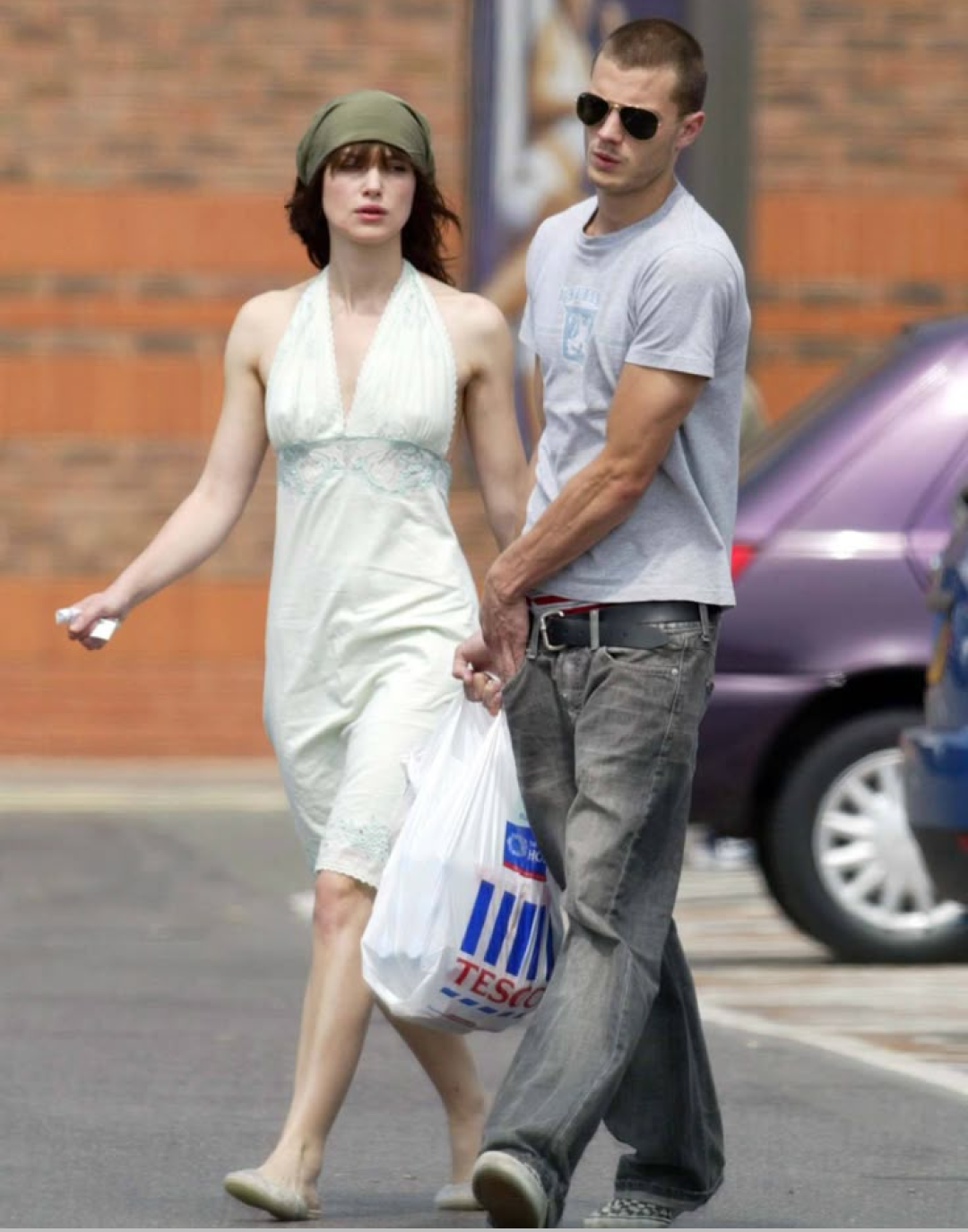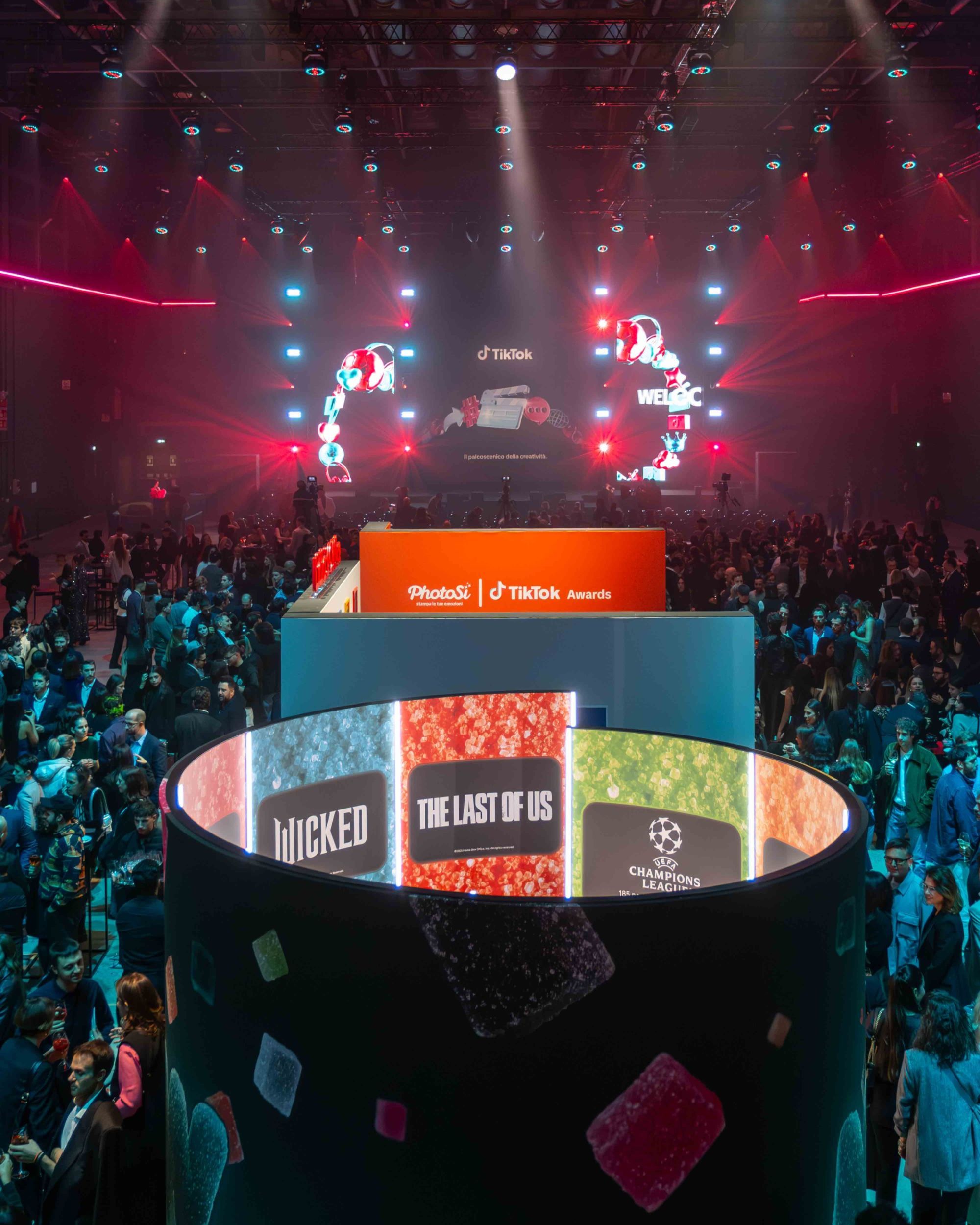
The babygirl trend is the future of menswear How yet another internet term has infiltrated the fashion dictionary
Fashion and pop culture go hand in hand. Like the spheres of Newton's pendulum, a trend launched in one of these two "universes" has definite repercussions on the other, even though it's often challenging to understand which sphere moved first. It is according to this theory that the babygirl trend is developing in the world of media and men's fashion, a vernacular term used on the internet to describe the "adorable" stars of the new media. Jacob Elordi, a rising star in cinema, popularized the term in a live television broadcast during the latest episode of Saturday Night Live. However, the term started gaining traction months earlier when the favorites on the red carpet were still Harry Styles, Oscar Isaac, and Jeremy Strong. The extensive list of names from pop culture that fit the description of the term - adding to our thesis Pedro Pascal, Timothée Chalamet, and Andrew Garfield - demonstrates the media persistence of babygirl in digital language, a phenomenon that has even invaded the runways of Fashion Week. While it's possible that the increase in "sweet" imagery in men's fashion collections is a consequence of the babygirl trend, collections produced before the term's launch on our screens suggest an anticipation of the trend rather than a reaction.
jacob elordi u are my baby girl pic.twitter.com/uA9xTZfPe5
— drei (@rafesbitch) January 19, 2024
An initially very literal concept, in fashion, the "sweet" masculinity has undergone a slow transformation. During the early years of its runway debut - we're talking about the last decade, not the 1800s, obviously - pearl necklaces and nail polish caused a stir, radicalizing the topic. Championed by independent brands and emerging designers like Harris Reed and Palomo Spain, genderfluid fashion was much more polarizing, both in product and perception: there was either the tuxedo or the evening gown, the critique or the praise. When the trend then spread like wildfire to all ateliers, even affecting the most conservative fashion houses, including Giorgio Armani, Dior Men, and Fendi, the clash between rigor and softness gave rise to a compromise between parts. Today, neutral colors tone down bolder collections, bright colors enliven more strict ones, and wearing nail polish or a handbag no longer seems like a political act but simply fashion.
While genderfluid fashion was developing on the runway, in the entertainment industry, queer actors and women were gaining ground on movie sets, from My Policeman to Euphoria - where we see Jacob Elordi embody all the qualities of toxic masculinity, from physical violence to verbal abuse, manipulation to complete narcissism. This phenomenon has led not only to greater representation of diversified bodies in contemporary media but also to a greater awareness by male artists. Their maturity has also changed the way they dress, motivating them to experiment more with red carpet looks and those in the editorials they participate in, as evidenced by the latest outfits we've seen at the Emmys and the Golden Globes. With Babygirl, the internet has encapsulated the increasingly marked trend of actors showcasing their more sensitive side, both in their behavior and in their way of dressing.
"Sweet" masculinity on the runway has matured. No longer a theme confined to extremes, since all brands have adopted their own version of the babygirl aesthetic, it has been transformed into a spectrum with a thousand faces. Some explore it more boldly, such as Loewe, Rick Owens, or Charles Jeffrey, while others adhere to tradition, like Prada, Armani, or Dior Men. As Pierpaolo Piccioli explained at the FW24 of Valentino, «dismantling stereotypes about men from within» seems to have become the ultimate goal of male fashion designers and the stars wearing their creations, a statement that explains a bit more seriously what the world of social media has been shouting for months: the future is Babygirl.













































